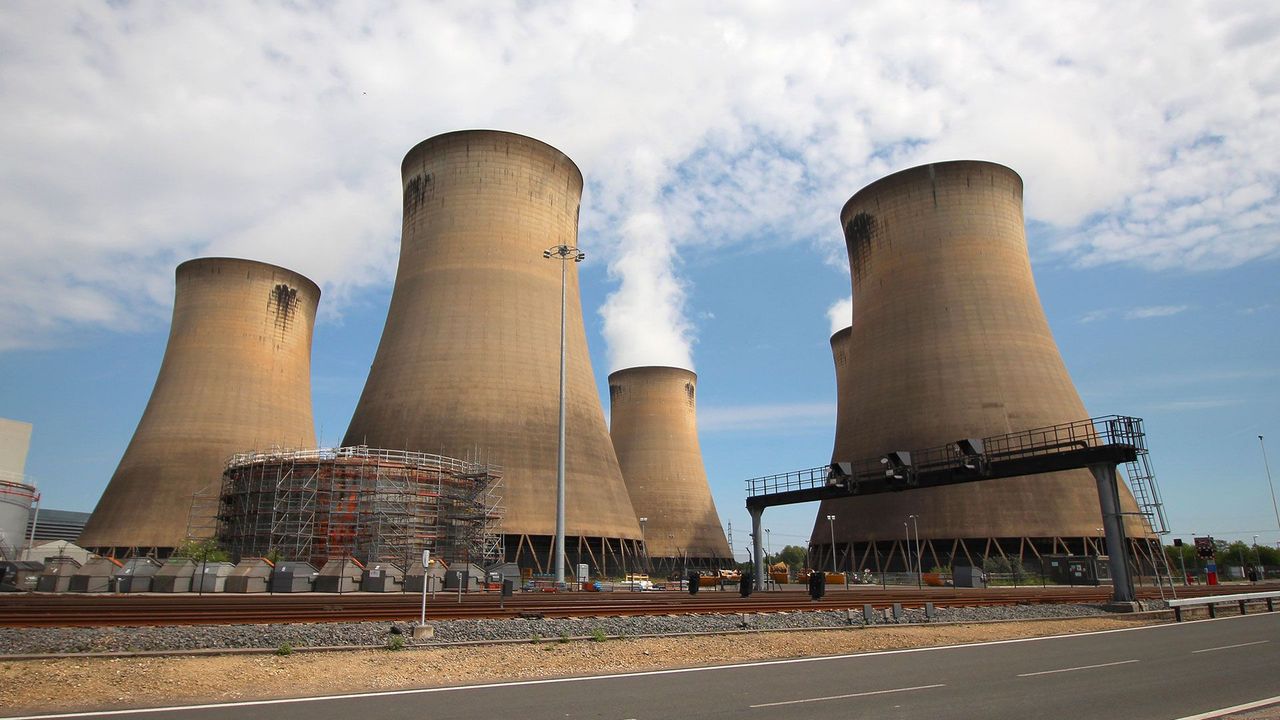
The UK Coal Plant Transformed into a Giant Battery
The UK has long relied on coal as a primary energy source. At its peak, coal powered the nation, driving its industrial revolution and lighting up homes across the country. But over the past few decades, there has been a significant push towards renewable energy, leading to the decline and eventual closure of many coal-fired power plants. One such plant has found new life in an innovative transformation, turning it from a symbol of the old fossil-fuel era into a beacon of the renewable energy future.
Historical Context
The Rise of Coal in the UK
Coal once held a dominant position in the UK's energy landscape. By the mid-20th century, coal-fired power plants generated the majority of the country's electricity. Towns and cities grew around these plants, and they provided jobs for thousands of people. The coal industry was crucial not only for domestic energy but also for the UK's economic growth and global standing.
Decline of Coal and the Push for Renewables
However, the environmental impact of coal became increasingly apparent. Air pollution, greenhouse gas emissions, and the health risks associated with coal mining and burning led to growing opposition. Coupled with the economic viability of alternative energy sources and government policies aimed at reducing carbon footprints, the once-mighty coal industry faced a steep decline.
In recent decades, successive UK governments have made concerted efforts to move towards sustainable energy. This shift resulted in the closure of many coal plants, leading to a dramatic drop in coal usage from around 40% of electricity generation in 2012 to less than 2% in 2020. The transition has not been without its challenges but has been necessary for meeting climate goals and ensuring a sustainable future.
The Specific History of the Coal Plant
One of the most notable transformations took place at a prominent coal plant that operated for several decades. This plant was a powerhouse, literally and figuratively, in the UK's energy network. With a substantial capacity, it played a crucial role in keeping the lights on across the country. However, as the push for cleaner energy gained momentum, the plant faced mounting pressures. Environmental concerns and economic factors rendered its continued operation unviable.
Facing the Challenges
The plant, like many others, faced significant challenges in its latter years. The tightening of environmental regulations meant costly upgrades were needed to reduce harmful emissions. Additionally, the economic feasibility of running coal plants dwindled as natural gas and renewable energy became more cost-effective. The plant's closure seemed inevitable, a part of history destined to be relegated to the annals of the industrial age.
A New Beginning
But then, an innovative proposal emerged. Instead of demolishing the plant, engineers and energy experts saw an opportunity to repurpose it. The idea was to transform the old coal plant into a giant battery, a pivotal component in the UK's renewable energy strategy. This transformation would not only preserve the site's industrial heritage but also provide a modern solution to one of the key challenges facing renewable energy—storage.
The Transformation Process
From Coal to Battery
The conversion from a coal plant to a battery involved significant technological advancements and engineering ingenuity. The basic premise was to use the existing infrastructure but retrofit it to serve as a large-scale energy storage facility. This facility would store excess energy generated from renewable sources like wind and solar, releasing it back into the grid when demand outstripped supply.
How It Works
The giant battery operates using a combination of technologies, including lithium-ion cells and other advanced battery chemistries. During periods of low demand, surplus electricity from renewable sources charges the batteries. When demand peaks, or when renewable generation falls short, the stored energy is discharged, maintaining a stable and reliable power supply.
The new facility can store hundreds of megawatt-hours of electricity, making it one of the largest of its kind in the world. It plays a crucial role in balancing the grid, ensuring that renewable energy can be effectively integrated into the national grid without causing instability.
The Benefits
Environmental Impact
The transformation has a profound positive impact on the environment. By providing a solution to intermittency issues associated with renewable energy, the giant battery supports the broader adoption of green energy. This reduces reliance on fossil fuels, cutting greenhouse gas emissions and air pollution.
Economic Benefits
Economically, the project has revitalized the local area. The transformation has created jobs in the construction and operation of the new facility. Additionally, it has attracted investment and positioned the region as a leader in innovative energy solutions.
Preserving Heritage
Finally, repurposing the coal plant preserves an important piece of industrial heritage, bridging the gap between the past and the future. It serves as a powerful symbol of how traditional industries can evolve to meet modern challenges.
Conclusion
The story of the UK coal plant transformed into a giant battery is a testament to human ingenuity and the nation's commitment to a sustainable future. It shows that even the oldest and most polluting industries can find new life through innovation and a focus on sustainability. This transformation not only addresses critical energy challenges but also paves the way for a greener, more resilient energy system. As the world continues to shift towards renewable energy, such projects offer a blueprint for balancing historical legacy with future needs.


0 Comments